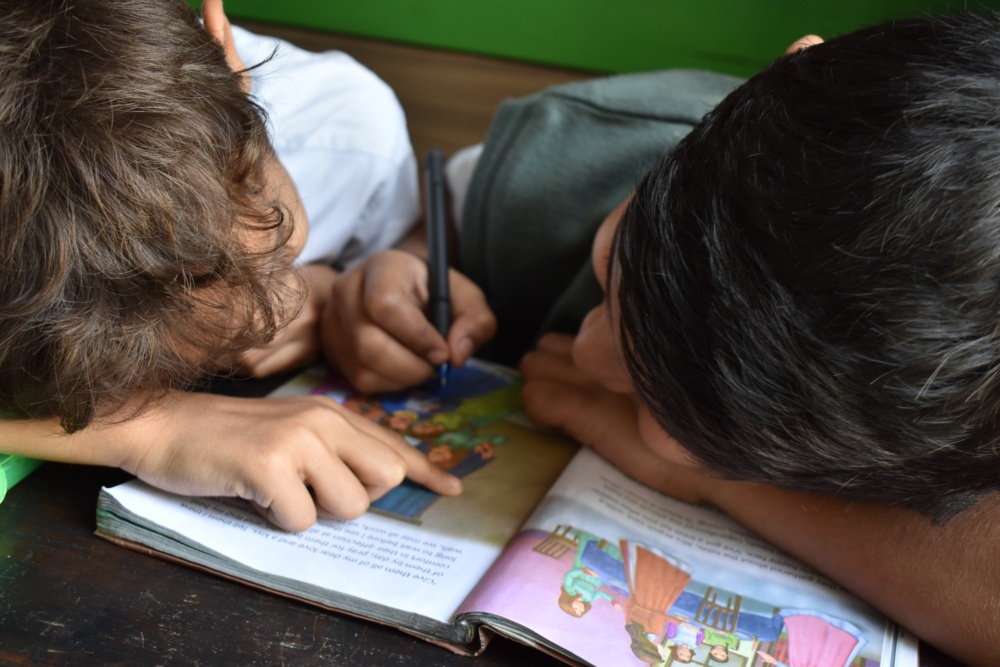

Public Sector Solutions, Children & Families, Homelessness & Housing, Workforce & Economic Mobility
Key Takeaway
Governments should be preparing for what happens if ARPA-funded programs drop out before the end of the year—and be ready to quickly pivot to obligate funds into high-impact programs.
Under the 2021 American Rescue Plan Act (ARPA), governments were given a one-time infusion of largely unrestricted funds to support their response to and recovery from COVID-19. Funds have to be “obligated” by the end of 2024 and spent by the end of 2026. Given the one-time nature of the funds, governments have a unique opportunity to experiment with new and interesting ways to have a meaningful impact on the people they serve.
Funds can be used to expand programs that are particularly impactful, like Connecticut is doing with universal home visiting. They can undertake a significant policy experiment, like California is doing in setting up a statewide guaranteed income pilot. Ultimately, these funds have given governments the ability to take a bit more of a risk or try things that they might not otherwise be willing or able to do, and they’re having some pretty impactful results.
Here are a few examples of effective uses of ARPA funding that we’ve seen from across the country.
Double Down on What’s Working
Example: Improving outcomes for families by expanding home visiting
Build a pathway to universal home visiting. For nearly three years, the Connecticut Office of Early Childhood worked to design Family Bridge, a pilot program to offer universal nurse home visiting and services led by community health workers in Greater Bridgeport. $8.3 million from ARPA is funding service delivery and evaluation, and an additional $1 million from ARPA funds the state’s planning efforts to identify sustainable funding for the program and expand Family Bridge into other communities.
Experiment with incentive funds (and build the database that powers them). The Children’s Trust Fund of Missouri has developed and is managing a statewide outcomes rate card – a set of metrics for which service providers can earn payments when they achieve them – to advance outcomes for children and families in Missouri. $3.4 million in ARPA funds were then braided with philanthropic capital to create a $4.35 million pool of incentive funds that will be used to pay Missouri-based home visiting providers over five years based on prenatal enrollment, family engagement and retention, school readiness, and child and family well-being.
Create next-generation outcomes-based contracts. New Castle County, Delaware also worked to design an outcomes-based payment project to expand prenatal and postnatal health access for 120 Medicaid-eligible, first-time mothers through home visiting services. With a Delaware-based philanthropy providing upfront support, New Castle County will use up to $3 million of ARPA funds and release them only upon the achievement of engagement, maternal health, and early childhood outcomes.
Pilot Innovative New Ideas
Example: Testing guaranteed income approaches
Go big in a community. The city of Cambridge, Massachusetts is using $22 million in ARPA funds to extend and expand Rise Up Cambridge, a guaranteed income pilot program that provided a $500 a month no-strings-attached cash payment to 130 households with children 21 or under and earning below 250 percent of the Federal Poverty Level. With the use of the ARPA funds, the pilot will be extended for 18 months and expanded to all qualifying families in Cambridge.
Expand statewide. The California Department of Social Services designed and launched the California Guaranteed Income Pilot Program, a $35 million, five-year program that will enable counties, cities, tribal entities, and nonprofits across the state to provide no-strings-attached monthly payments to people with low income, focusing on supporting those who are aging out of the extended foster care system or pregnant. (While this project actually wasn’t funded using ARPA dollars, the Cambridge example suggests that similar projects could be.)
Build (Data) Infrastructure
Example: Strengthening the homelessness response system
Set up enabling systems to drive performance. Austin Public Health designed and launched an outcomes-based funding and data management pilot to reach an estimated 2,000 Austin residents experiencing homelessness per year and quickly offer them housing. Service providers that achieve or exceed performance targets related to speed of placement and racial equity will receive bonus payments from a pool of $500,000 in ARPA funding.
Other Opportunities
Beyond these examples—we see tremendous opportunities to experiment with ARPA funds in ways to lay the groundwork for long-term success. Top of mind for us are:
- Revolving, outcomes-based (“Pay it Forward”) workforce funds. Raise and launch a pool of capital to help fund gaps in the workforce system, providing student-friendly options to cover tuition, fees, and wraparound supports to strengthen the talent pipeline for in-demand jobs.
- Establish “outcomes funds.” Partner with local foundations and nonprofits to design results-based funding models that help align partners around regional goals and incentive long-term, multisectoral collaboration.
- Create faster feedback loops. Most social sector data is a one-way street: delivery organizations submit data and get nothing back. New funds can be a catalyst for change, driving government partners to routinely offer digestible performance data back to organizations and communities to drive continuous improvement.
We hope that sharing some of these ideas can be helpful to partners facing unexpected challenges in the final months ahead of the obligation deadline. Feel free to reach out anytime to brainstorm—we’re happy to share more about these ideas and other examples we’ve seen from around the country.
Related Insight

Webinar: How Can We Invest in Affordable Housing?
The drivers of the U.S. housing crisis are many: a massive supply gap, high mortgage rates, home prices far outpacing income growth, rising construction costs, and more. While tackling this crisis is a top priority…